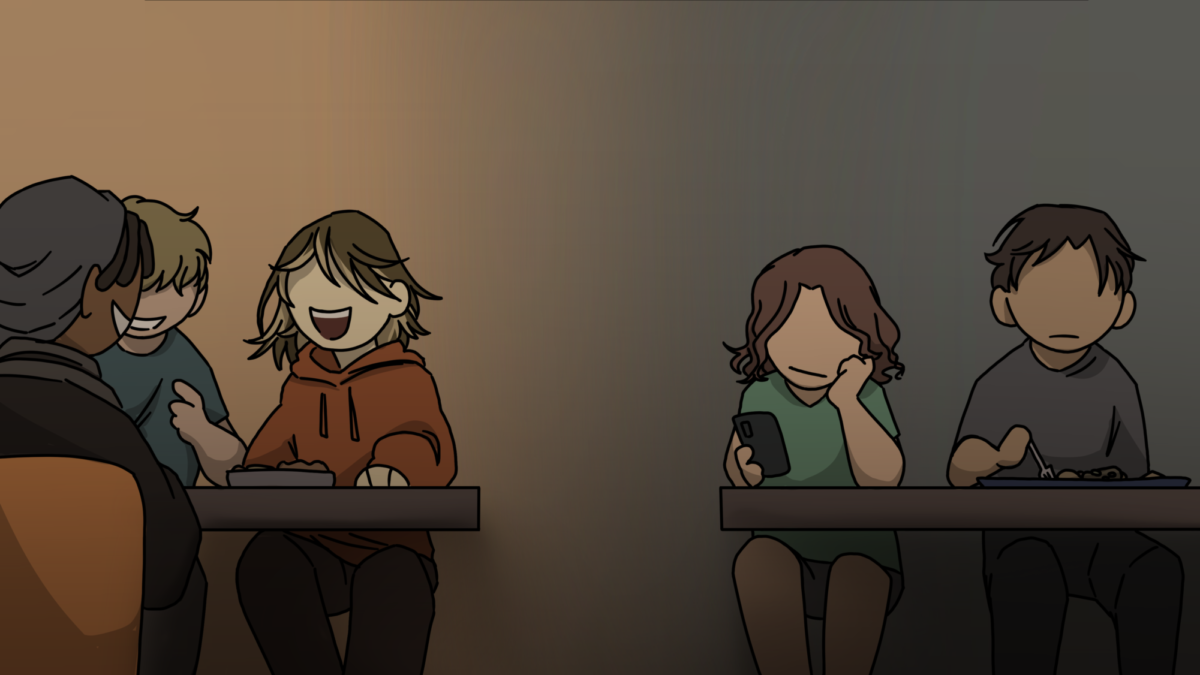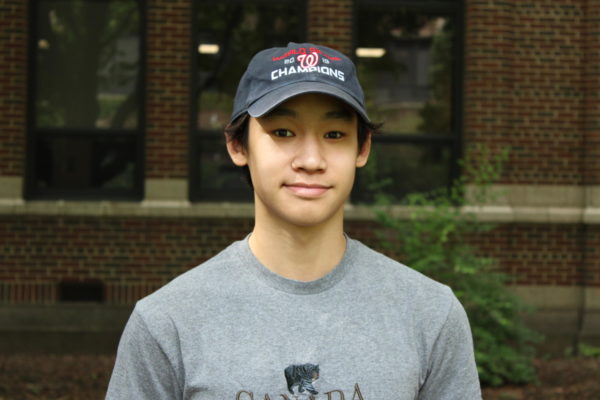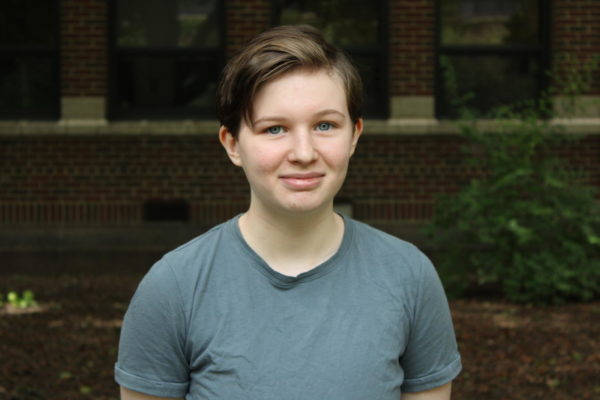
Eating lunch in the Hub is a different experience every day. Some days, there are barely any seats available, the tables filled with clamorous conversation, and the cubicles jam-packed with students. On other days, the space is quiet, with small groups of friends sharing hushed conversations and empty seats abound. Some days, there is free ice cream or free cupcakes, and on other days there’s bingo, nachos being made with Cheetos, or March Madness on the TVs. And sometimes there are DJs. But in the end, all these special perks aren’t what causes students to flock to the Hub for lunch—it’s the environment.
I started eating at the Hub during my sophomore year, and I quickly realized how different it was compared to any cafeteria. The seating, for instance, was much more personal, and the variety of spaces allowed everyone to have their needs met: cubicles for larger groups, couches for individual or small groups, and tables for medium-sized groups. On top of that, the tables and chairs were more modern, and there were simply more options for comfortable seating. The general vibe of the Hub was much calmer in general, and the restless energy of tons of students finally seeing their friends was less jarring. I found myself able to get work done if needed, something I couldn’t do in the rambunctious cafeterias. Simply put, I was wowed. Why would I ever want to eat in a cafeteria again?
I’m not alone in my assessment. For junior Oliver Roothaan, when deciding whether to eat in the Hub or the cafeteria, the Hub is the only real choice.
“I’ve been to the cafeterias, like, maybe 10 times in the past three years… the Hub has more comfortable seating than the cafeterias,” Roothaan says. It’s quieter, [and] it’s generally cleaner.”

Senior and Student Representative Nicole Yao feels similarly, adding, “[The cafeterias are] really loud, number one, and number two, they’re really hectic… and the Hub staff are super welcoming, and it just feels like you are at ease.” Anyone trying out the Hub for the first time would quickly find these things to be true, and the countless students who frequent the Hub for lunch would surely agree as well. So it begs the question: should the cafeterias be renovated into spaces more similar to the Hub?
Well, that’s where it gets complicated. For some like Roothan, where the Hub is the only place he can experience a comfortable space and eat with his friends, it’s a no-brainer.
“It’s the only place or one of the few places that I can eat with my friends at lunch… if everyone was able to eat lunch with everyone, they wouldn’t choose this — they wouldn’t flock to one lunchroom… they would have multiple options,” Roothaan explains.
Additionally, Roothaan references the crowding issue, emphasizing that many students enjoy using the Hub for lunch and that it would be beneficial for there to be more spaces like it.
“You can see how many people use [the Hub] because they have to turn people away every now and again…I think it’s a priority because that means that people can have a better lunchtime, like, more enjoyable,” Roothaan elaborates.
While all true, it sadly isn’t that simple. Most students eating in the cafeterias would rather eat there because there is simply no food available to purchase in the Hub. On many occasions, friends I’ve invited to come to eat in the Hub have had to decline because they didn’t bring their own lunch. Though talking with friends is important, it would be incredibly detrimental to sacrifice eating for a whole school day. The Hub doesn’t offer any grab-and-go lunches as it once did, so the cafeterias are the only option for lots of students. Naturally, renovating the cafeterias around the food distribution areas would be difficult, to say the least. Additionally, the cafeterias offer some benefits that the size of the Hub can’t compete with.
“[There are] bigger tables for bigger friend groups,” Yao notes. “[It] kind of forces you to have to, for freshmen at least, really engage with each other and make some new friends.” On top of that, there is access to vending machines and water fountains, both of which are not present in the Hub.
In the end, there are pros and cons to both arguments. The question remains, however, if such a change could even be possible, and as of right now, it seems like the answer is no.
“…I mean, the Hub, that’s my signature project,” Superintendent Dr. Campbell says. “And we would certainly love it if the cafeterias could be updated… but [we’ve got] a couple of other things, and we’ll get to them eventually.”
Even fellow students recognize that changing the entirety of the cafeterias would be a massive endeavor. As the Student Representative, this isn’t the first time Yao has worked on issues regarding the cafeterias.
“[The work we did] last year was mostly about the schedule… it was more about getting people to be able to eat in different cafeterias.”
Redesigning the cafeterias completely, however, is a different issue entirely.
“I think, number one, it would cost a lot of money and take a lot of time to renovate,” Yao says. “And I’m pretty sure it would be hard just because [of] the building and how it’s built.”
While the odds of a cafeteria renovation seem to be slim, it isn’t stopping me and other students from hoping that one day, the cafeterias might just parallel the environment of the Hub. For now, though, I’ll stick with what I’ve got: a welcoming lunch space for all to enjoy.






